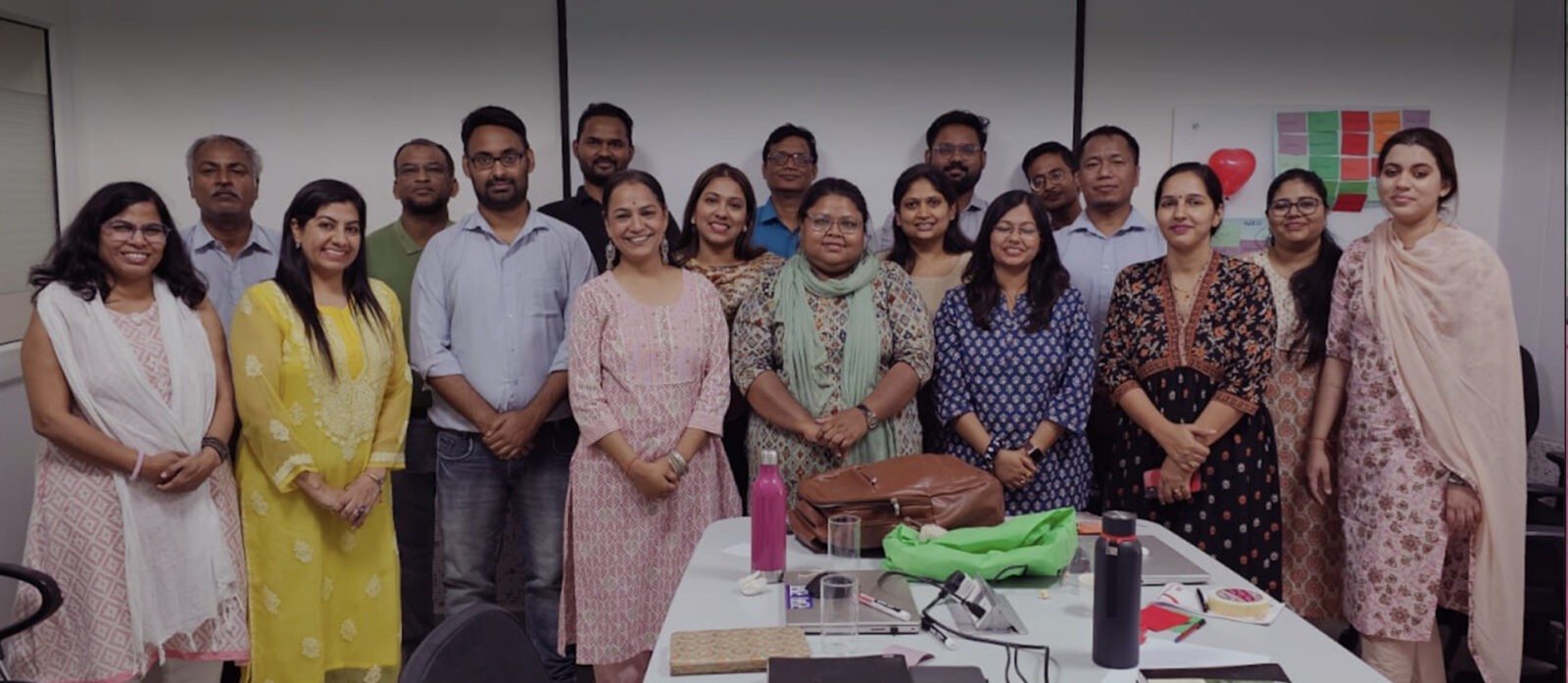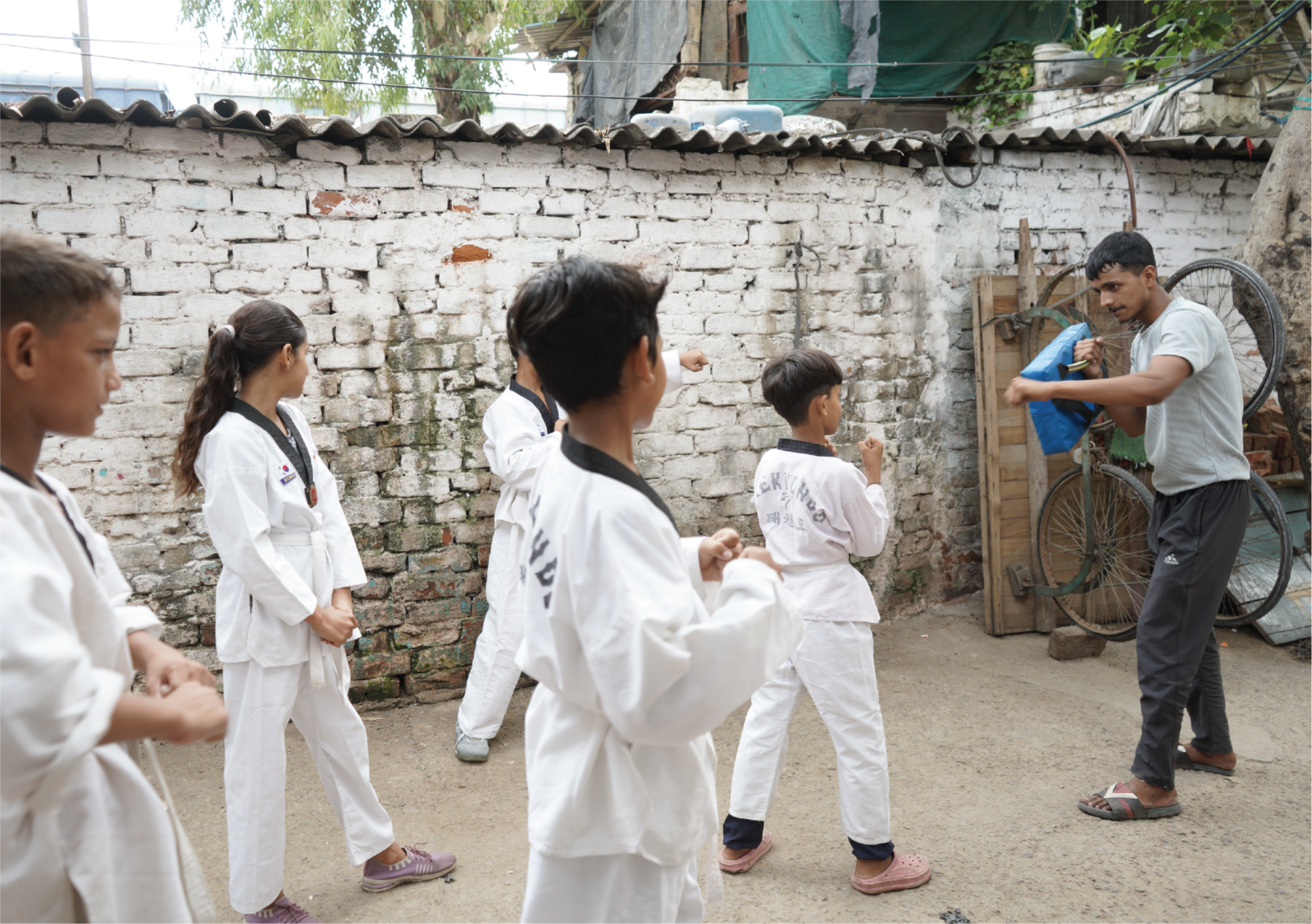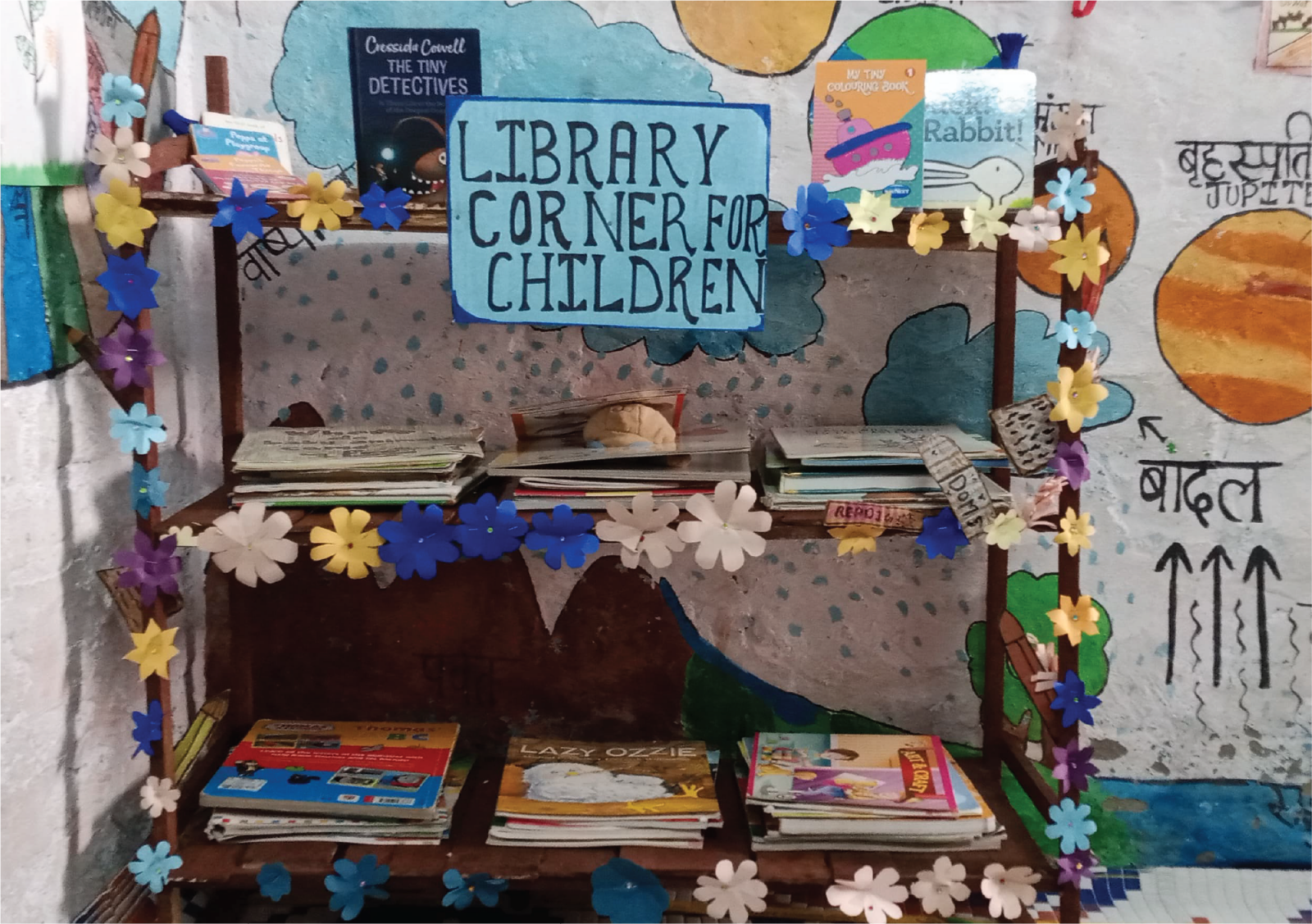Why does teacher training matter? Why does it need to be approached with a child safeguarding lens? Our Child Safeguarding Lead, Nida Siddique shares her experience with teacher training and the positive impact it can have on the lives of children.
Q) Why is teacher training needed. What are the current gaps it can fill?
A: Teachers spend a considerable amount of time with children every day, which makes them more accountable for the safety and protection of their students. Besides detecting potential cases of child abuse and reporting them, their responsibilities also include working within a multidisciplinary team to provide ongoing support to those who have been abused, as well as contributing to creating a safer school environment. A teacher’s role is essential in promoting healthy relationships, educating children about safe and unsafe acts, and informing them of their rights. Furthermore, everyone who works with children should have a basic understanding of child rights and a commitment to protecting them against harm. In order for teachers to perform their duties effectively, they must be equipped with the necessary skills and for this a proper in-service training program for teachers on child protection is essential for both emphasizing child protection issues and promoting these skills among teachers. However, at present, such in-service training initiatives are lacking. There is a lack of awareness among teachers concerning the rights of children, various forms of abuse, as well as the reporting and responding mechanisms involved and available to them. It has a direct impact on the lives of children and most of the time improper responses to cases of abuse go unaddressed and sometimes this even increases children’s vulnerability. Child protection and safeguarding training initiatives are bridging the training gap.
Q) How do your interactive training sessions address these gaps? Please share examples from your learnings and highlight key aspects of your curriculum.
A: Training with teachers includes sessions designed to provide them with the necessary skills and enhance their knowledge of child rights and child safeguarding, as well as their understanding of the relevant legislation and policies related to child protection. We use participatory training methodologies that include a variety of games and activities to ensure that participants are aware of the needs and concerns of children regarding their rights and protection issues and are able to gain a comprehensive understanding.
Through training sessions, teachers are able to become better acquainted with the rights of children, as well as gain a fundamental understanding of existing laws regarding the protection of children. Trainings are also helping teachers in equipping them with the skills necessary to identify indicators of abuse, respond to the indicators, respond to the disclosed abuse, and report it.
Q) What has been the response from teachers, children and their parents been like?
A: Teachers appreciated the training as it provided them with a more comprehensive understanding of the legal system and response mechanisms. Upon completion of this training, the participants felt confident in identifying incidents of abuse and in reporting them to the appropriate authorities and in responding to the child. Several teachers have begun referring cases to child protection professionals for assistance. Training has helped to create a safe and supportive environment for children to learn and grow. It has also created a culture of prevention and protection within the school.
Q) Please narrate an incident/experience that describes the impact of this program.
A: Following the training session, one of the teachers has drafted a consent form for the use of child images and started implementing the practice of obtaining parental consent making sure that childs images are used only after obtaining consent. This is part of protecting the privacy and dignity of the child. Few teachers have also referred cases to 112 and 1098.
Q) What do you believe is the future of education for children with a cohort of trained teachers?
A: It is my belief that the future will bring more opportunities for students to receive quality education in safer environment from teachers who are trained in child protection. Children will be provided with more resources to help them learn in a safe and supportive environment, and prevention and early intervention will be given a greater emphasis. It will result in better learning outcomes for children and better safety protections for them. This will have a positive impact on the future of our society, as there will be less cases of child abuse, and better educated children who will grow up to be productive members of society.
Q) What keeps you inspired and motivated to make a case for teacher training?
A: I believe that having a safe and secure learning environment is essential for children to thrive and reach their full potential. The teacher training on child protection and safety gives me the opportunity to help create this environment. It also gives me the chance to make a meaningful difference in the lives of children.







